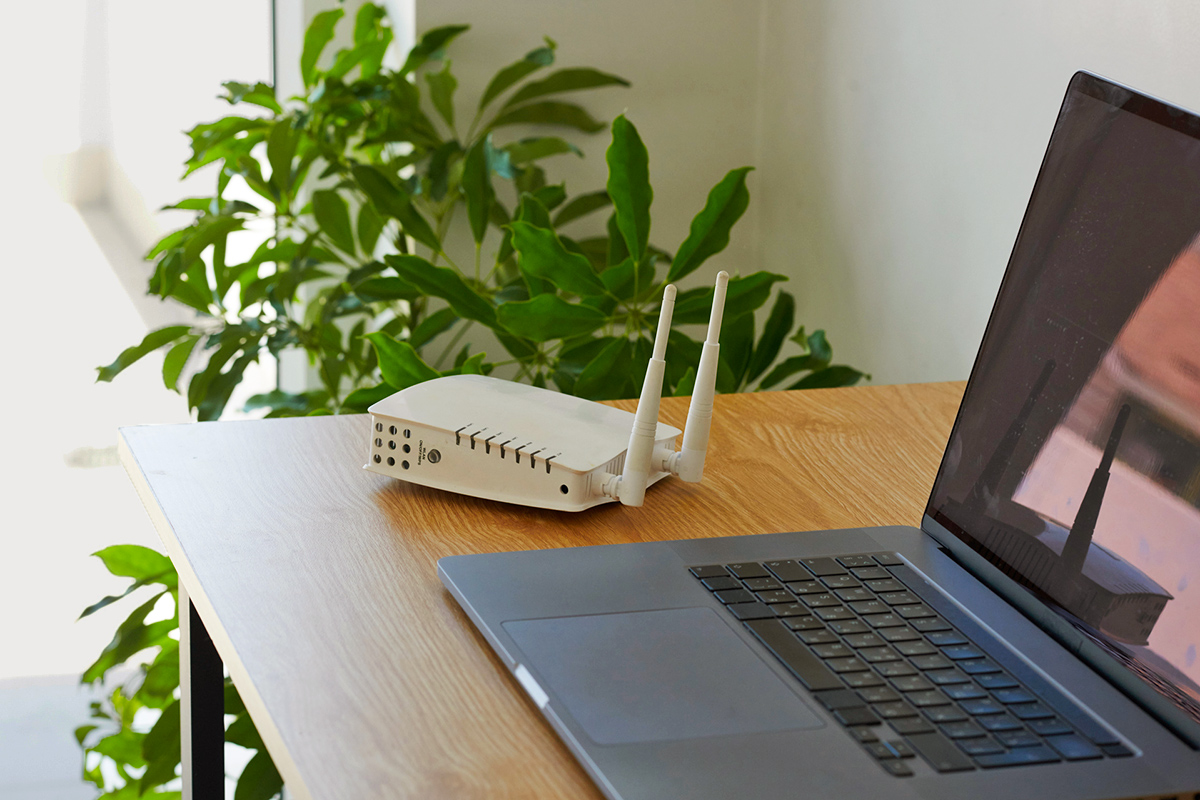Planning your spring garden in the fall is a gift to your future self. Sure, you might have to dedicate a crisp autumnal weekend to preparing the soil and planting hardy seeds, but there will be a delicious payoff come springtime. Although certain vegetables would struggle to survive the harsh winter months, others thrive when…
Kale
Kale is among the most resilient and cold-hardy vegetables out there, especially with varieties such as Winterbor, which can survive in subzero temperatures. The best part about planting kale in the autumn is that you can leave it unattended and it should overwinter just fine. The cold weather will kill harmful pests, and any snowfall should keep the kale well hydrated (although it may go dormant until the snow melts). Even when cold weather kills the leaves aboveground, the resilient roots underground should be protected, allowing the vegetable to sprout again in the spring. Kale also develops a sweeter taste if touched by a light frost, producing a particularly delicious flavor.

Shallots
Onions are a lot like a four-door sedan — perfectly good, but kind of boring. If you’re looking for an interesting onion alternative, look no further than shallots, which can provide an added kick to homemade pasta sauce or serve as a crispy garnish for a chopped salad. Shallots generally take between 100 and 120 days to ripen, so if you plant them toward the end of autumn, they should be ready to go in April. Just make sure to plant them in light soil, as that allows the plant to grow and become swollen and supple. Shallots, like many other root vegetables, do quite well even as the mercury falls.

More from our network
House Outlook is part of Inbox Studio, which publishes content that uplifts, informs, and inspires.
Carrots
The sooner you plant carrots in the fall, the plumper they’ll be in spring. Carrots are hardy root vegetables that can withstand the frigid temperatures of winter, but they do most of their growing during autumn. If you plant carrots in September or early October, they’ll grow while the soil is still warm. Once winter arrives, they’ll go dormant before starting to grow again when the soil thaws in the spring.

Brussels Sprouts
Not only can Brussels sprouts successfully grow if planted in the fall, but they actually thrive under the colder conditions of fall and winter. Brussels sprouts are a cool-weather crop and don’t often do well in hotter temps — in fact, their natural sugars act as protection against frost. If you plant Brussels sprouts in the early autumn, they will mature over the months to come. (Tip: Plant six to 10 weeks before the first frost for a successful harvest.) Although they won’t grow back as edible sprouts the following year, you can plant additional seeds in early spring for a second harvest.



Cabbage
Whether you’re planning a St. Patrick’s Day feast or just enjoy having some crunchy fare for your salad, cabbage is a wonderful vegetable to have in the garden. It requires a ton of energy to grow, though, so plant it in nutrient-rich soil with added compost. Just be aware that cabbage typically doesn’t grow well in harsh winter conditions, so it’s best suited for climates with mild winters or gardens with frost protection, such as coverings or cold frames.

Beets
Much like carrots, beets thrive in fluffier soil that grants them room to grow. (Spacing seeds 3 inches apart is a good rule of thumb to follow.) Just remember to cover the soil with a layer of mulch or hay to protect your beets from intense cold. Beets are cold tolerant and develop a particularly sweet flavor if grown under wintry conditions, which means fall is the perfect time to plant some in the garden. Dig the beets up if the ground is at risk of completely freezing, though, as that could damage the crop. Thankfully, beets are fast-growing and can be harvested once they reach the size of a Ping-Pong ball. So long as the roots don’t freeze, the beets should remain relatively dormant in cold weather and be harvest-ready come spring.

Garlic
Dracula may disagree, but garlic is an essential ingredient in almost every home-cooked meal. Garlic does extremely well if planted in the early autumn and grown during the winter, as garlic bulbs need eight to 10 months before they’re ready to be harvested. Try to plant garlic in early September if possible, and it should be ready to go by mid-spring. Also be sure to plant garlic under at least 6 inches of mulch, giving it plenty of protection from potential frost.

Whether you’re looking for a crop that can be harvested before the first frost or something that will start sprouting as early as March, there are plenty of cold-hardy options to choose from. To successfully overwinter your vegetables, be sure to protect them from the cold (mulch, garden covers, and cold frames are all solid options) and check on them from time to time to assess any pest damage. When spring finally arrives, you’ll have fresh salads and roasted veggies to look forward to.

















